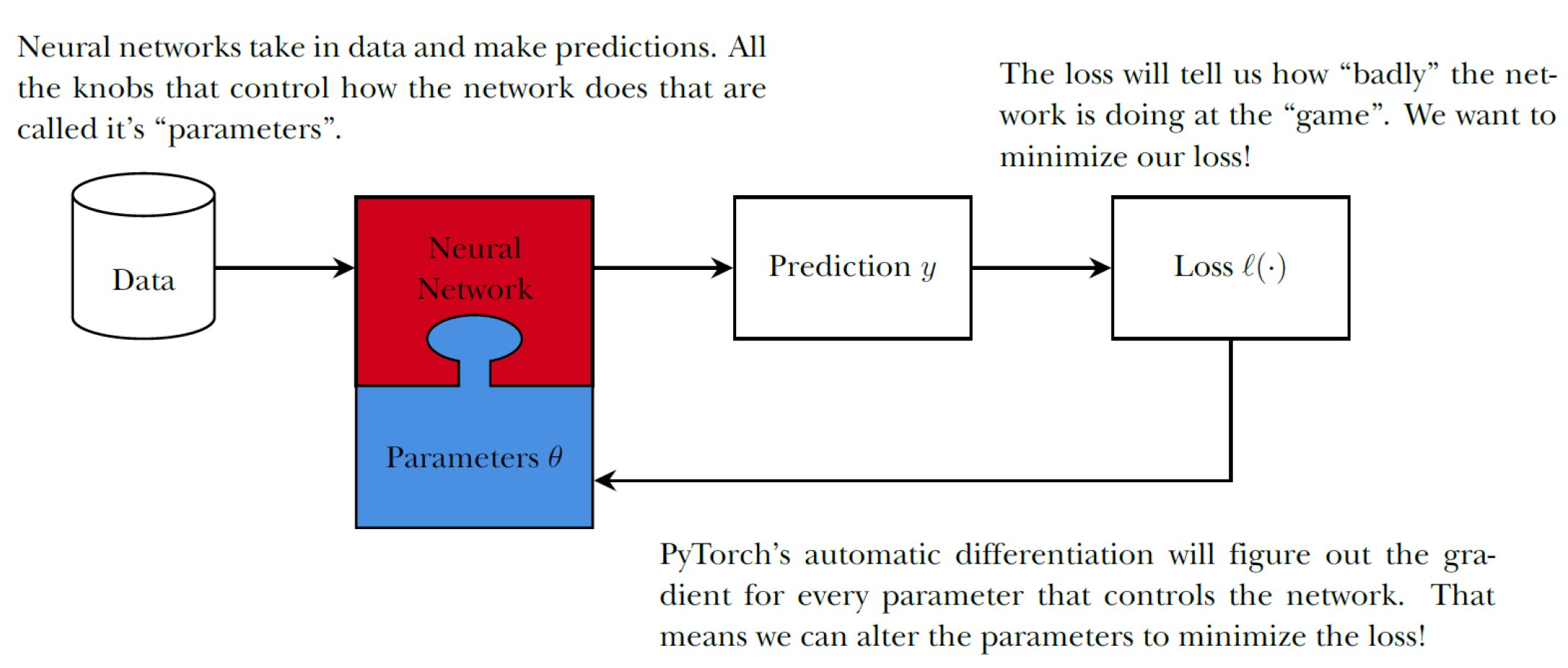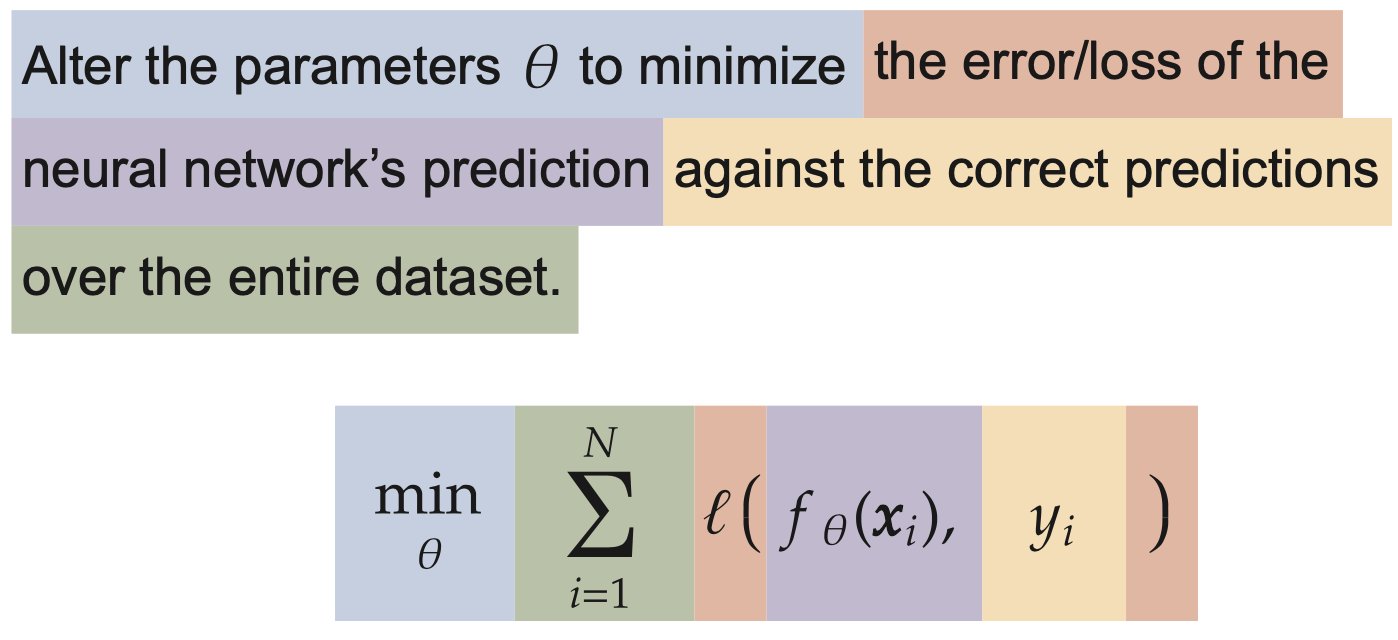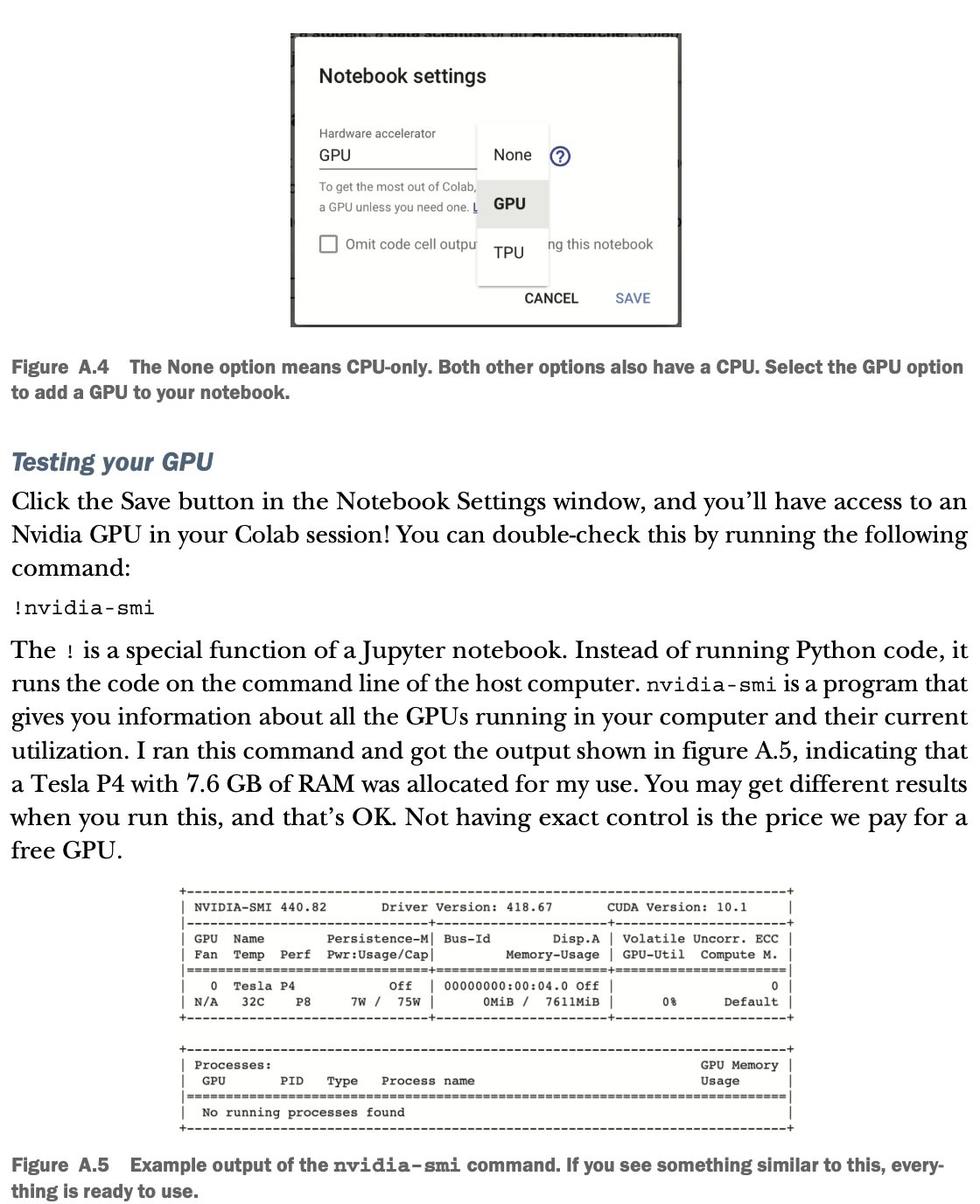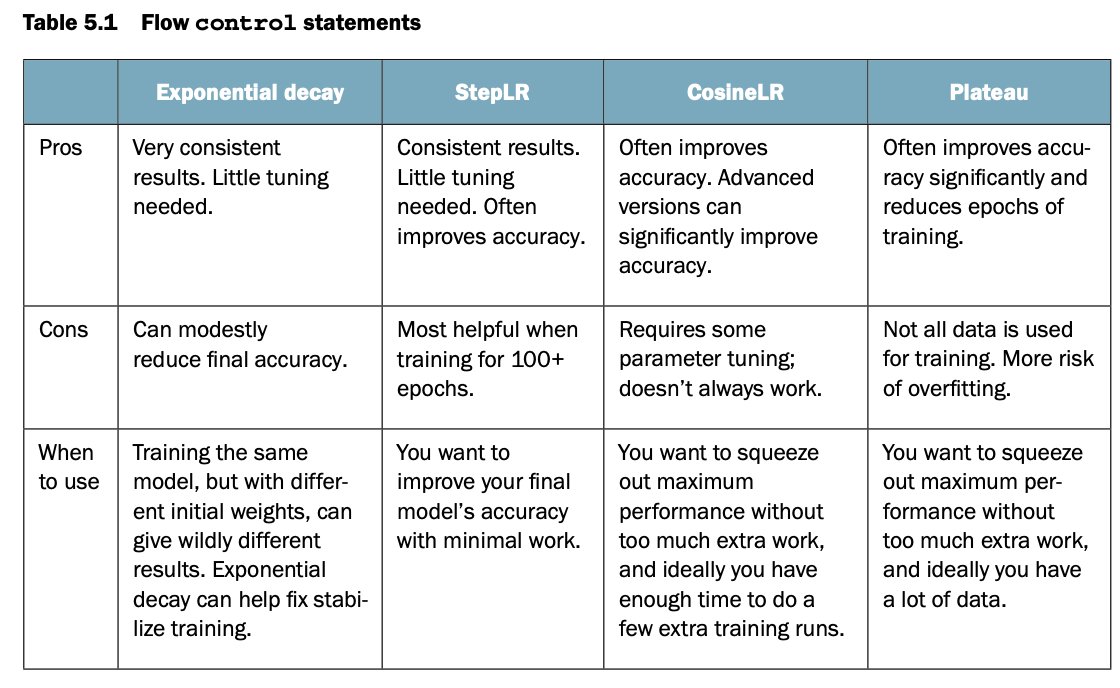My first book, Inside Deep Learning: Math, Algorithms, Models, can be found on Manning or Amazon. The physical copy of the book always comes with a digital copy.
I wrote this book while developing a class on deep learning at UMBC. My goal was to think back to when I first started in the field. I wasn't particularly good at any math and was struggling to learn about deep learning on my own. "What do I wish I had then to learn what I know now?" was the guiding thought behind the book. I'm really delighted by the number of emails and messages, especially from practitioners I've received over the years, who said that this was the book that made things click. I struggled hard to make a balance between code and math and tie them together at the right depth - and I think it came out quite well.



